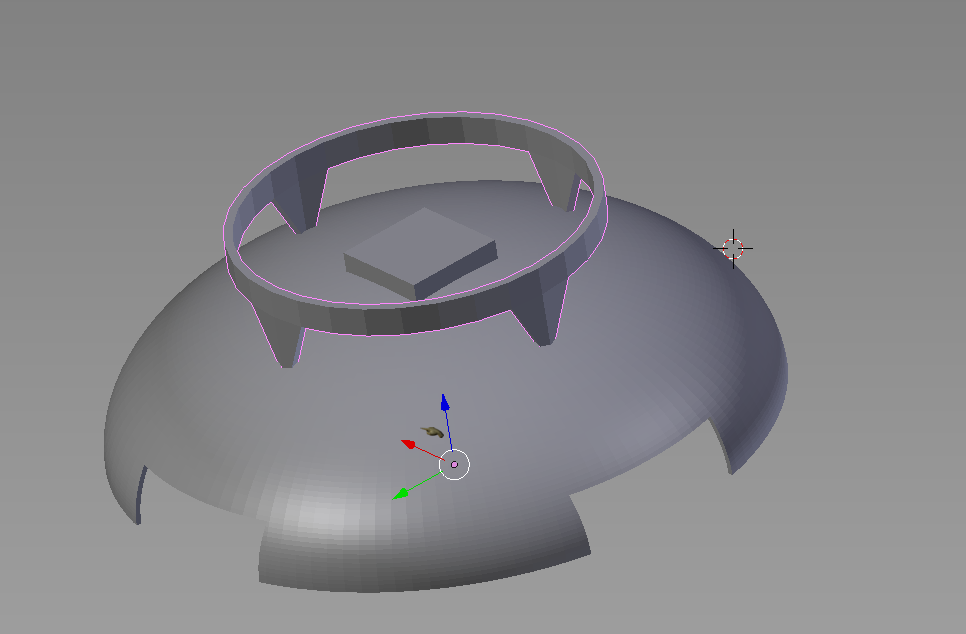
coanda flyer
thingiverse
The human body concept relies heavily on its compactness, which necessitates adjusting the wall thickness accordingly. Typically, a 7.5" circumference requires around 1.6 mm of wall thickness in the main body area. To drill motor holes, use a drill to create openings in the 30mm top pad. Secure servos and flaps using hot glue; for the flaps, employ flat plastic sheets. It's possible to create rounded ones later after initial testing. The stabilizer fins will require addition, but servos can be used to compensate during flight, even though they may not be necessary according to other videos. When larger versions utilize a parachute, the bottom shell doubles as an additional parachute. Refer to the hotair concept on Thingiverse (https://www.thingiverse.com/thing:4216893) for further reference. Begin with a 30mm motor pad. The top ring can likely be made lighter using less material. Attach components using hot glue. The single-engine design presents an advantage, but this will require testing to confirm. Watch the working version of a similar concept on YouTube (https://www.youtube.com/watch?v=KXVtUCABiv8).
With this file you will be able to print coanda flyer with your 3D printer. Click on the button and save the file on your computer to work, edit or customize your design. You can also find more 3D designs for printers on coanda flyer.
